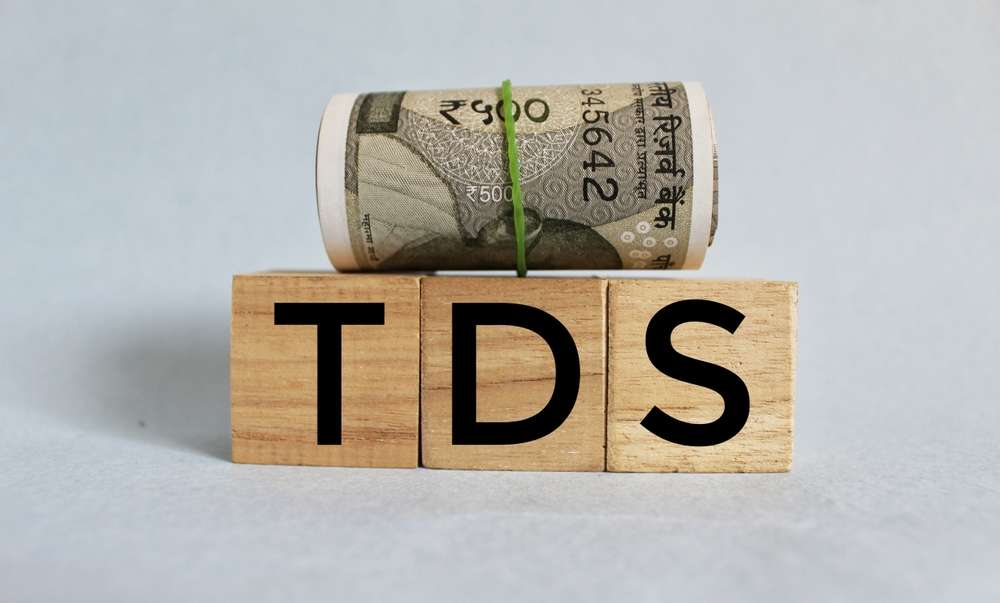How to Manage TDS on Fixed Deposit Interest

While fixed deposits (FDs) are one of the most popular investment tools available to the Indian citizen due to their safe and assured return nature, it is also necessary to understand the tax implication of the interest earned on these deposits. The Tax Deduction at Source (TDS) on fixed deposit interest can impact your net return and hence must be properly managed.
TDS on Fixed Deposit Interest:
The Income Tax Act of India provides for the deduction of tax at source (TDS) on fixed deposit interest income. According to the rule, if the total interest income on FDs in a single financial institution exceeds INR 40,000 in a financial year (for senior citizens, the limit is INR 50,000), the bank deducts TDS at 10% (if PAN is furnished; 20% if not). However, if the investor’s total income is below the exemption limit, they can submit Form 15G (or Form 15H for senior citizens) to prevent TDS deduction.
The Calculation of Interest Rate on FD:
It’s essential to comprehend a guide on how to calculate interest rate on fixed deposit for efficient tax planning. Banks usually compound interest quarterly on fixed deposits. The formula for calculating FD interest is A = P (1 + r/n) ^ nt, where A is the maturity amount, P is the principal amount, r is the rate of interest, n is the number of times the interest is compounded in a year, and t is the time in years.
For example, if a principal amount of INR 100,000 is deposited for 2 years at an annual interest rate of 7% compounded quarterly, the maturity amount will be around INR 114,868. The annual interest income would be INR 14,868, which is susceptible to TDS if you have other FDs and your total interest income exceeds INR 40,000.
Management of TDS on FD Interest:
Staying below the TDS threshold is one viable way to manage TDS. This can be achieved by either splitting your FDs across different banks (so that the interest does not exceed INR 40,000 at any single bank), or diversifying your portfolio and investing in tax-efficient instruments like tax saver FDs, tax saver mutual funds, or Public Provident Fund (PPF), which offer tax benefits under Section 80C.
Notably, the TDS on fixed deposit interest is a preventive measure and not your final tax liability. If your total income is below the exemption limit, you can claim a refund for the TDS deducted. If the interest income pushes your earnings into a higher tax slab, you will have to pay additional tax.
Disclaimer: This article is intended for informational purposes only. Investors should be aware of the complexity and risks involved with trading in the financial market in India. Each individual’s financial situation and objectives may differ, and it is advised that before making investment decisions, they should seek independent advice and carefully understand all the pros and cons.
Summary:
Managing TDS on fixed deposit interest comes down to understanding the laws regarding tax deduction at source and proactive tax planning. If the interest earned on FDs exceeds INR 40,000 (or INR 50,000 for senior citizens) a 10% TDS is deducted by the bank. You can manage TDS by splitting your deposits across different banks or investing in tax-efficient instruments. Remember, TDS is not the final form of tax and can be reclaimed or further paid depending upon your total income. It’s always advised to seek independent advice before making investment decisions as trading in the financial market of India involves risks.